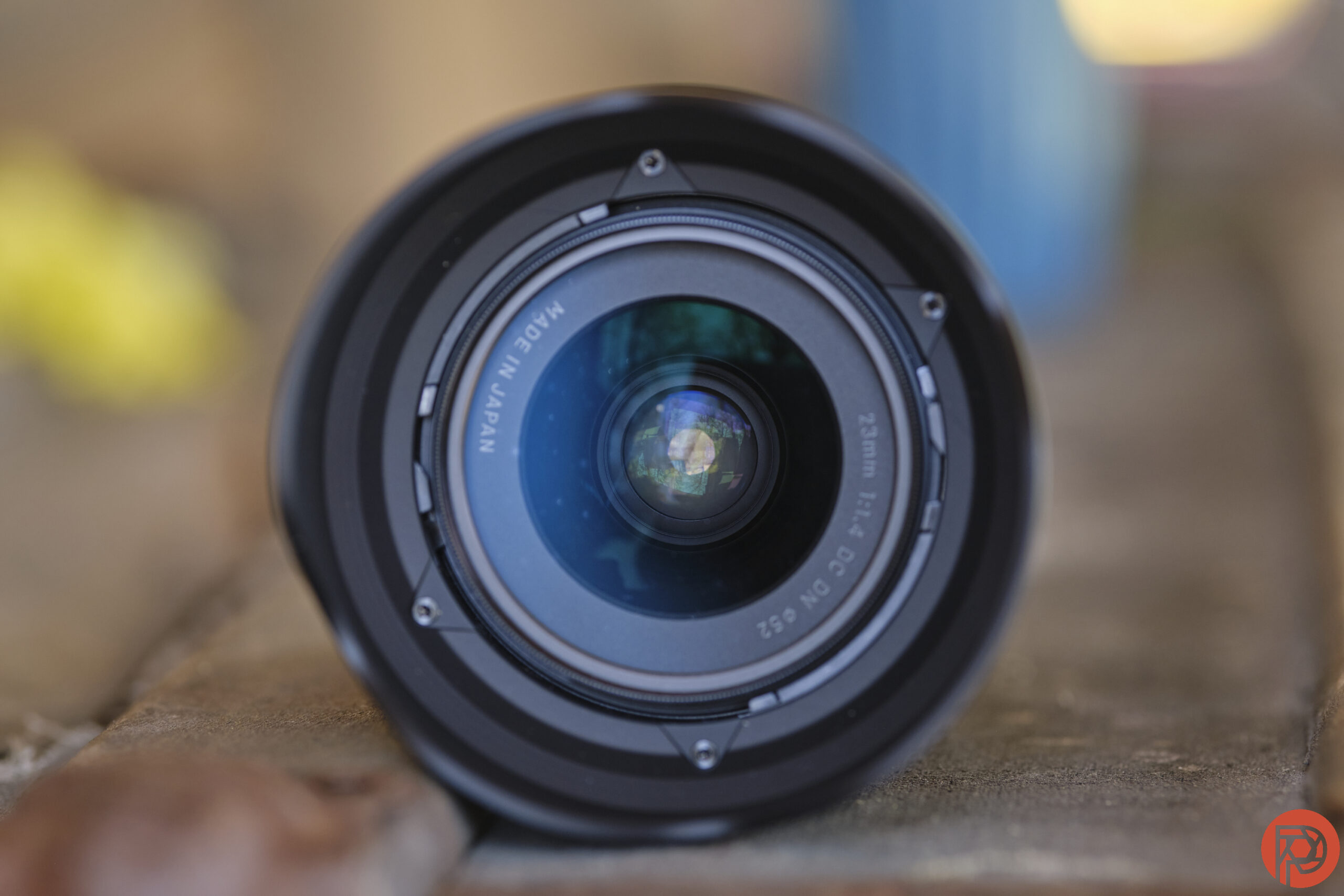Sigma’s Contemporary line is designed to find the balance between image quality and size. The Sigma 23mm f1.4 Contemporary DC DN aims to do that while bringing f1.4 bokeh to crop sensor E-Mount and L-Mount cameras. The lens does very well at balancing a bright aperture and sharpness, optics with a compact design, high-end quality with a reasonable price. But, a few scenarios add potholes to this lens’ road to success, including lackluster autofocus and some inconsistent colors.
While the Sigma 23mm f1.4 Contemporary, which is equivalent to a 35mm on full frame, has a lot going for it, the lens is also a bit of an oddball. It uses a streamlined design with no controls outside of a manual focus ring. And just the fact that a crop sensor lens is available in L-Mount is a bit odd. The only crop sensor L mount cameras are the Leica CL and TL series –both have been discontinued for a while now. Panasonic has only Full Frame L-Mount bodies. Sigma’s two mirrorless camera bodies are both full frame.
Which begs the question — why is the Sigma 23mm f1.4 available for L-Mount? Are photographers that spend the kind of cash required for a used Leica CL going to also pick up a third-party lens for it? While an E-Mount version makes more sense, an L-Mount variation feels like a waste of resources.
Regardless, the Sigma 23mm f1.4 Contemporary may catch the eye of a few APS-C Sony photographers. Here’s why.
Table of Contents
The Big Picture
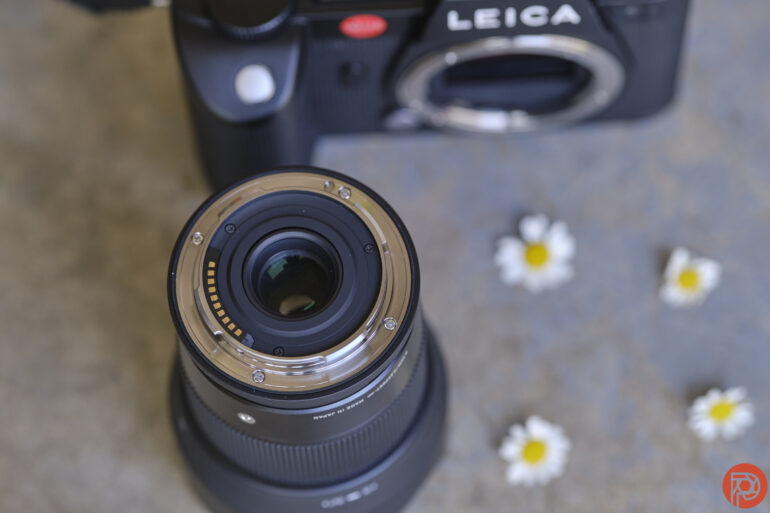
The Sigma 23mm f1.4 Contemporary’s sharp images, lovely bokeh, and lightweight design are bound to grab the attention of a few photographers. This little lens is one that photographers can view at 100 percent and find little fault. And despite its technical greatness, it still manages to eke out a bit of character with some lens flare.
While sharp, the colors were sometimes hard to work with — the best results come from direct light. I also wouldn’t choose this lens for action photography, or even portraits using moving posing prompts. While the lens is partially weather-sealed, it’s only at the mount.
I’m giving the Sigma 23mm f1.4 Contemporary three out of five stars. Want one? They’re only a few hundred bucks on Amazon.
Pros
- Lightweight
- Bright f1.4 aperture
- Lovely bokeh
- It’s super sharp
- Little aberration, vignetting, or other flaws
- Still capable of creating some fun lens flare
Cons
- The colors skew a bit green
- Weather sealing is only at the mount
- The autofocus struggles to keep up with action
- Outside of a focus ring, there aren’t any controls for quickly adjusting settings
Gear Used
I used the L-Mount variation of the Sigma 23mm f1.4 Contemporary on the Leica SL2 in crop mode. Both units are loaners from Lensrentals.
Innovations
The Sigma 23mm f1.4 Contemporary is designed to bring wide-aperture, high-revolving optics to crop sensor cameras. But it’s also designed to stay small. The closest competitor for the Sony E-Mount is the 24mm f1.8 ZA, but the aperture isn’t as wide as Sigma’s offering. Other third-party APS-C options tend to be manual focus.
Ergonomics
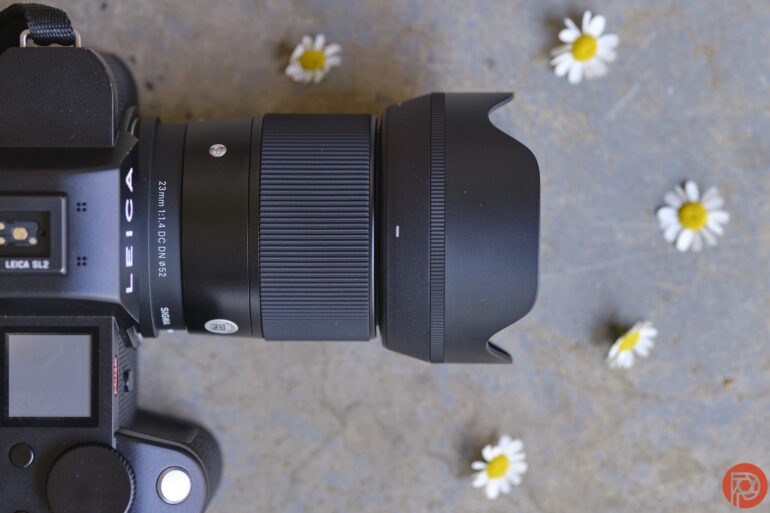
The Sigma 23mm f1.4 Contemporary has the most uncomplicated lens design possible. The only control on the entire optic is the manual focus ring. That’s it. While that makes the lens simple to use, I missed the ability to change the aperture directly on the lens, along with the ability to easily switch into manual focus mode without digging into any camera menus.
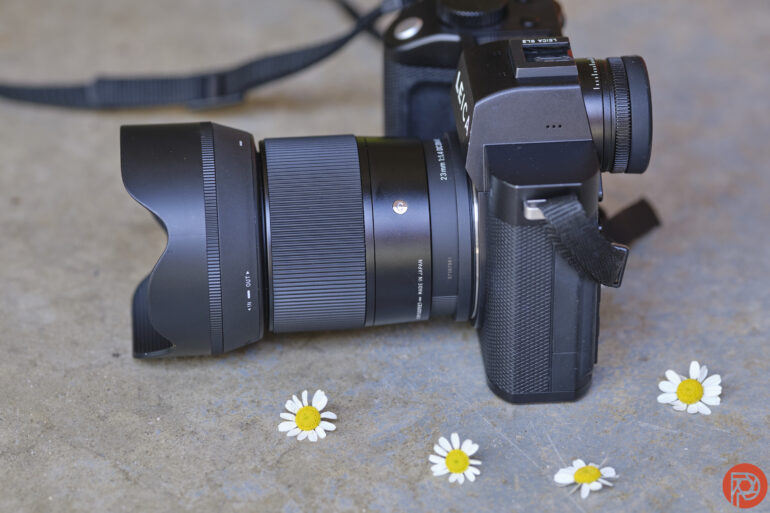
While simple, the lens isn’t terribly large for an f1.4, though the size is helped a bit by being an APS-C optic. The front of the lens takes 52mm filters, which is pretty small for the wide aperture. The Sigma 23mm f1.4 Contemporary weighs about .7 pounds.
Build Quality
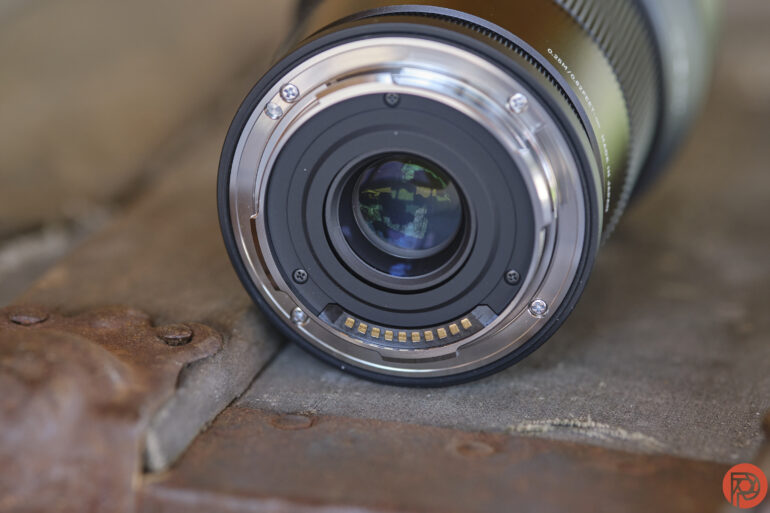
Based on the minimalist design, I was expecting plastic. However, the Sigma 23mm f1.4 Contemporary has a few metal pieces. It isn’t as lovely as the full-frame Contemporary lenses that even have a metal lens hood. But the lens doesn’t feel chintzy.
The only weather-sealing is a rubber seal at the mount. That will help keep the sensor clean when compared to a non-sealed lens. But that’s not enough sealing to take the lens out in the rain or dusty shoots like a beach on a windy day.
Focusing

Mounted on the Leica SL2, the autofocus was pretty hit or miss. With stationary subjects, there were few misses. But, when working with action, often a third or even half of the shots would be soft. When the lens loses focus, it usually takes a few shots before it catches back up again. The SL2 doesn’t house our favorite autofocus system, but some of this is likely still due to the autofocus motor inside the lens not quite keeping up.
The lens, however, fares well in limited lighting. Thanks in part to the wide f1.4 aperture and the SL2, which briefly turns off exposure preview to lock focus, the lens had little trouble quickly locking on to a subject in a dark corner. The lens also still focused quickly when shooting an underexposed image.
Ease of Use

With the Sigma 23mm f1.4 Contemporary, there’s nothing to do but mount, focus, and shoot. A stabilization system would have made the lens even easier to use, but it’s lacking here. Using the in-body stabilization on the SL2, I could still take handheld images at 1/15th of a second.
Image Quality
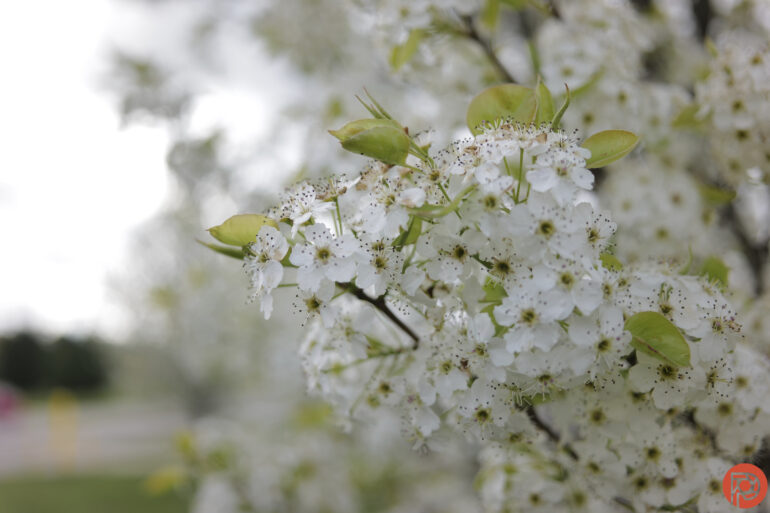
The Sigma 23mm f1.4 is capable of capturing beautiful bokeh and even a bit of lens flare. The optic is also plenty sharp — in fact, it’s probably a bit too sharp. It also lacks the more annoying flaws like chromatic aberration. But I didn’t really care for the colors at times.
Bokeh
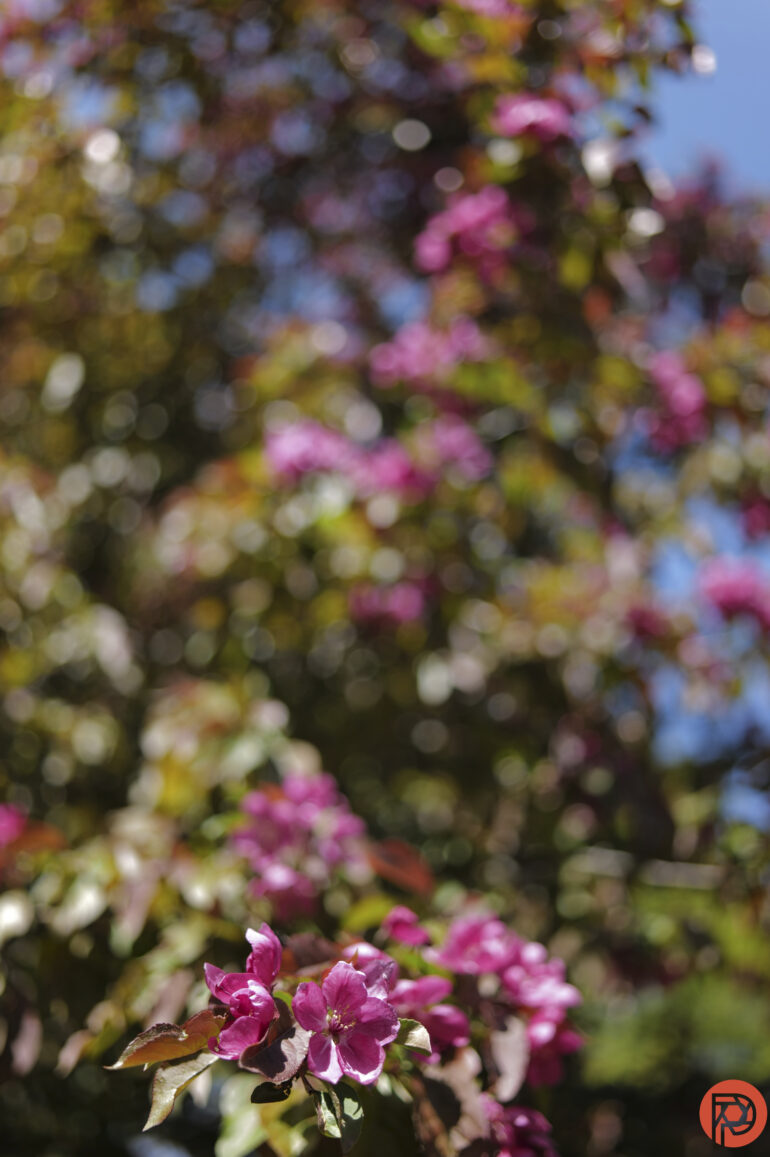
The f1.4 aperture is more than sufficient for creating a bit of background bokeh, despite being designed for crop sensors. The lens creates the most bokeh when getting up close to the subject, melting the background away.
Points of light transform into smooth bokeh balls without any onion ringing or soap bubbles. The bokeh balls are round at the center and slightly more cat-eye at the edges, occasionally giving the background a more swirly feeling.
Color Rendition

The color coming from the Sigma 23mm f1.4 Contemporary is inconsistent at best. In sunlight, the lens has plenty of color with a bit of pop. In the shade, colors are more muted. Skin tones, particularly, are difficult to work with, as the colors tend to skew green. Flash will likely be key to getting consistent colors, but that’s true with a lot of systems.
Shooting toward the light with lens flare will, naturally, wash out the colors a bit more. But, over the course of my review, I didn’t spot any noticeable green or purple fringing.
Lens Character
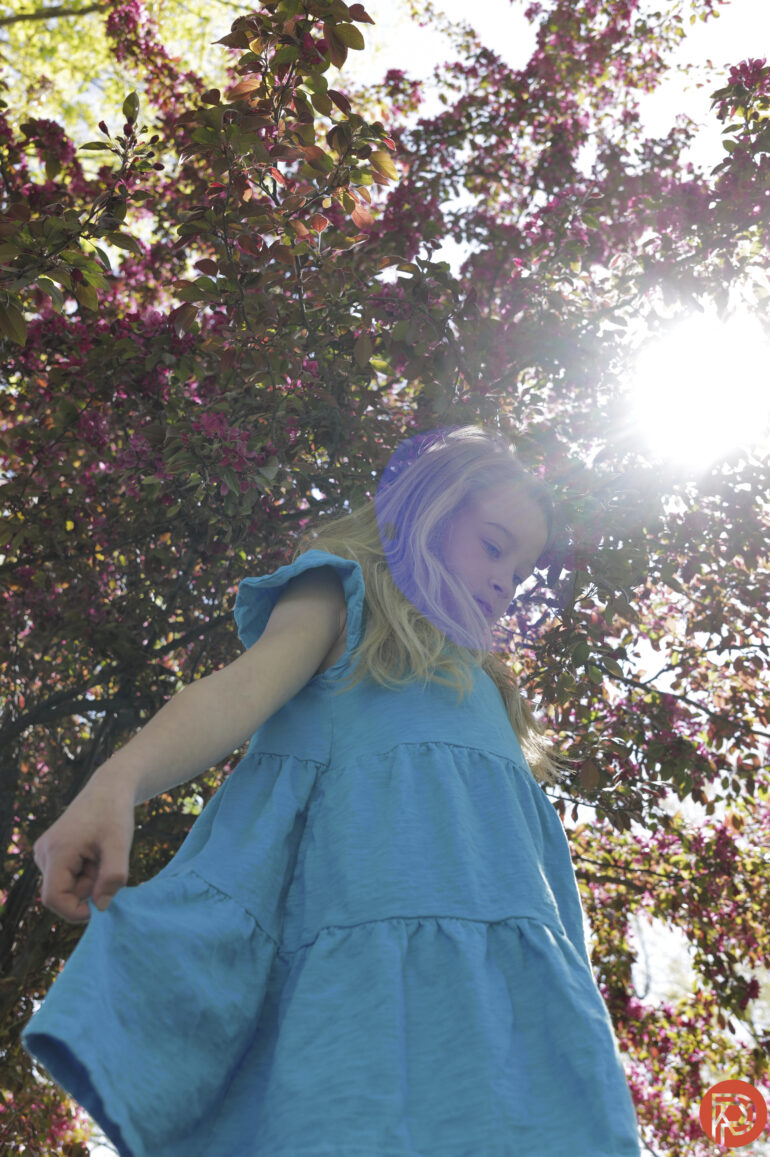
Sigma isn’t trying to eliminate all flare here, which is great. Point the lens towards the sun and capture some streaky flare or colored ghosting dots. This does, naturally, wash out the colors a bit but may sometimes be worth it for adding a bit of interest to the shot. The bokeh can also bring in some character, but there’s not much vignetting.
Sharpness
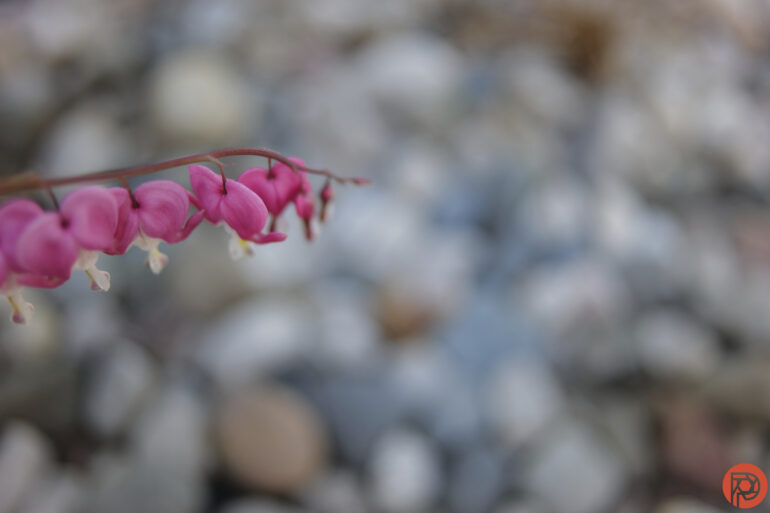
The sharpness coming from the Sigma 23mm f1.4 Contemporary actually reminds me of some of Sony’s lenses. This lens is sharp enough to make out each individual eyelash. At times, the lens can feel a bit too sharp. Occasionally, the portraits I shot with this lens look like I had over-edited the eyes. Sometimes, this is great for drawing the viewer into the picture. Other times, it looks a bit jarring. Pixel peepers should be happy, regardless.
Extra Image Samples
From day one, The Phoblographer has been huge on transparency with our audience. Nothing from this review is sponsored. Further, lots of folks will post reviews and show lots of editing in the photos. The problem then becomes that anyone and everyone can do the same thing. They’re not showing what the lens can do. So we have a section in our Extra Image Samples area to show edited and unedited photos. From this, you can make a decision for yourself.
Unedited

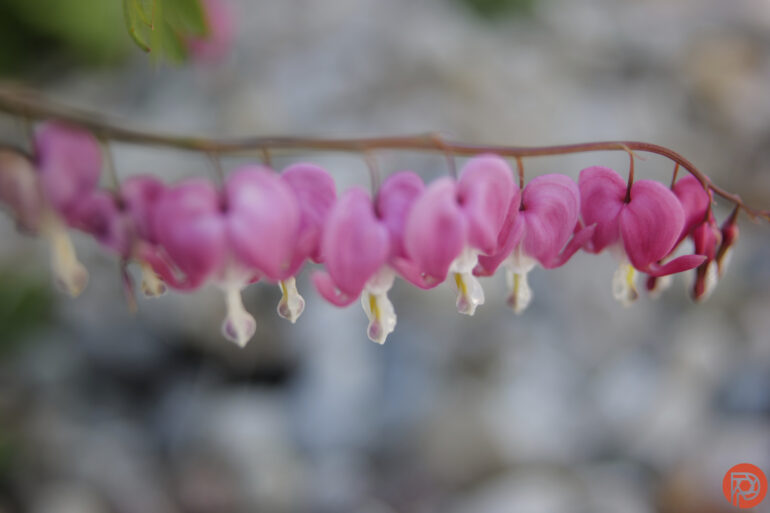
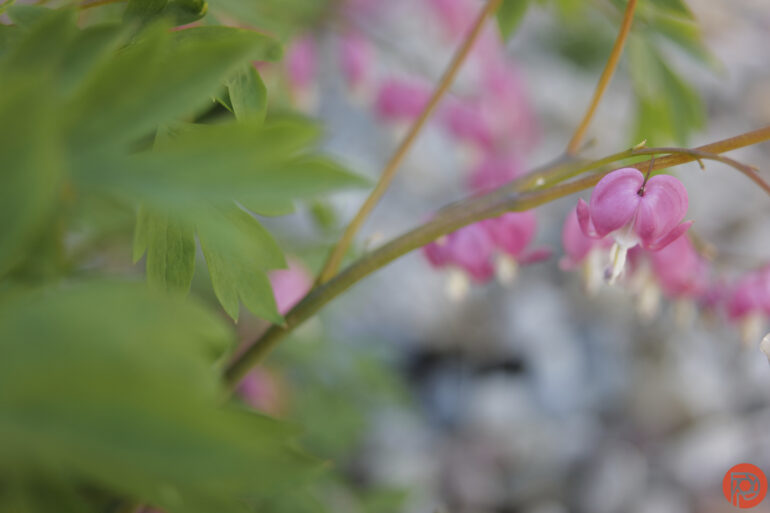
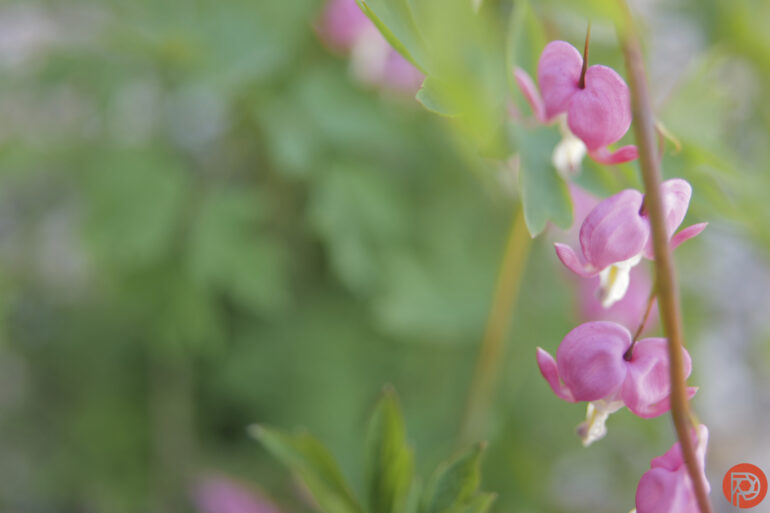


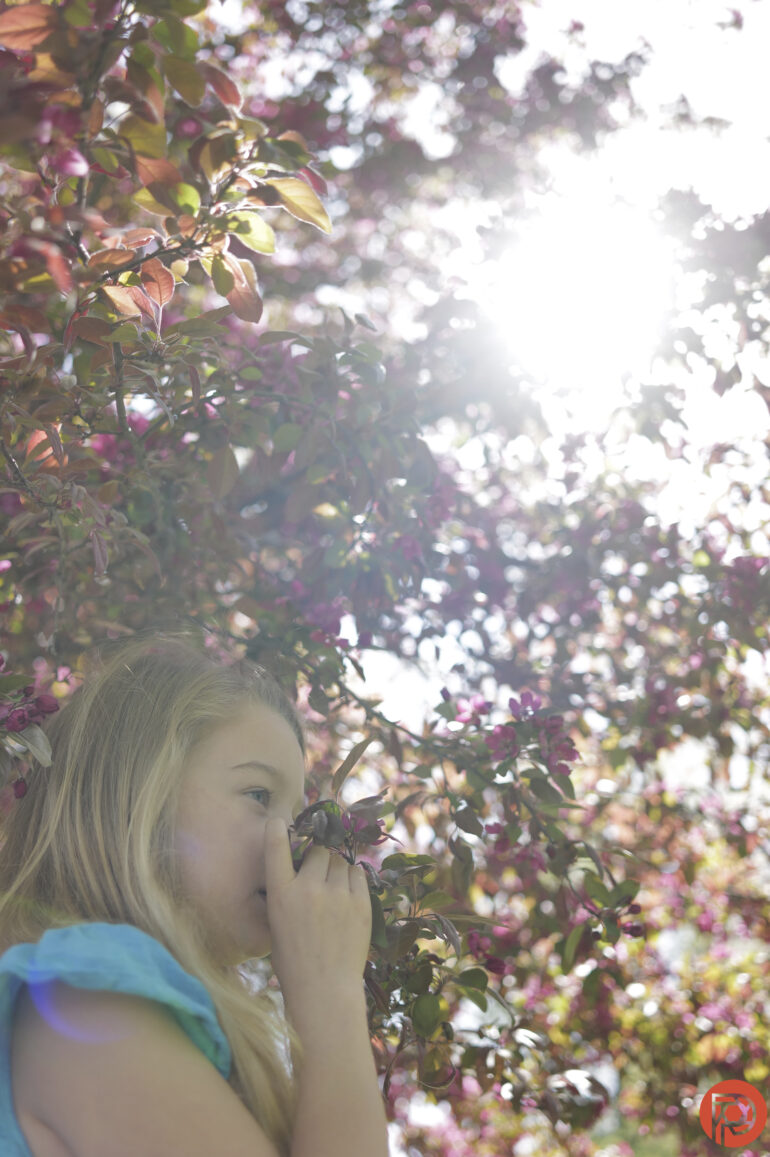
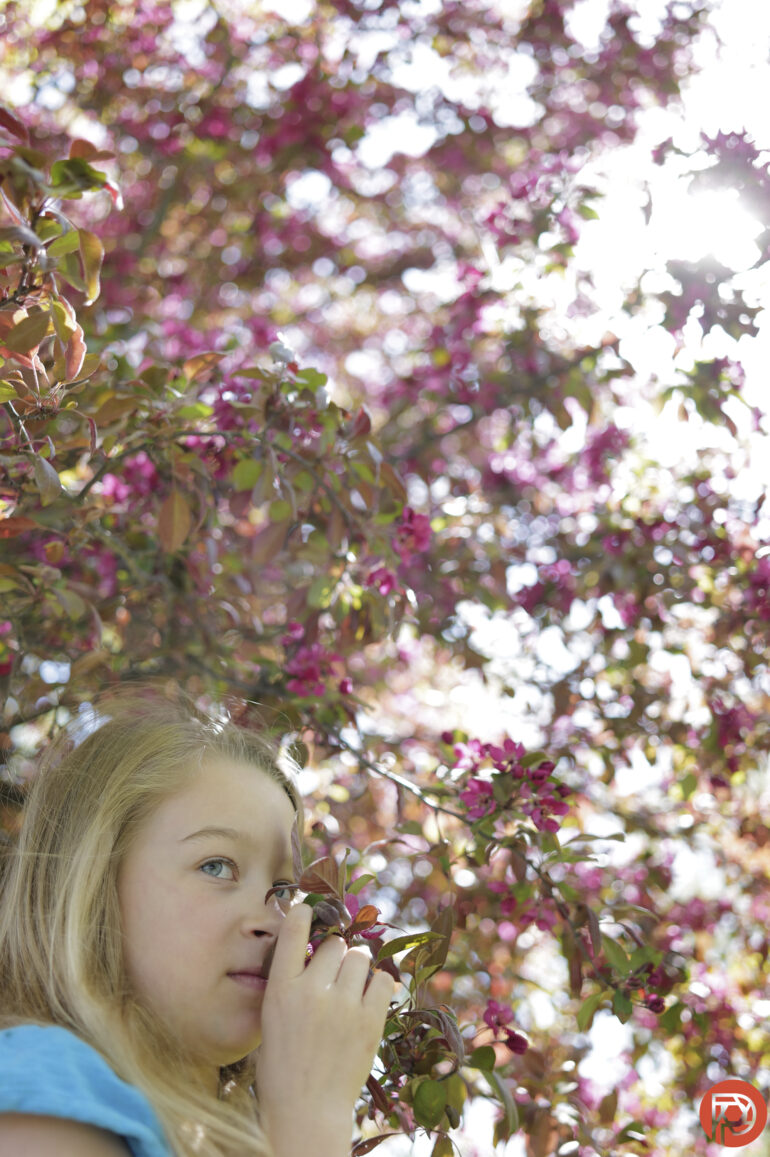
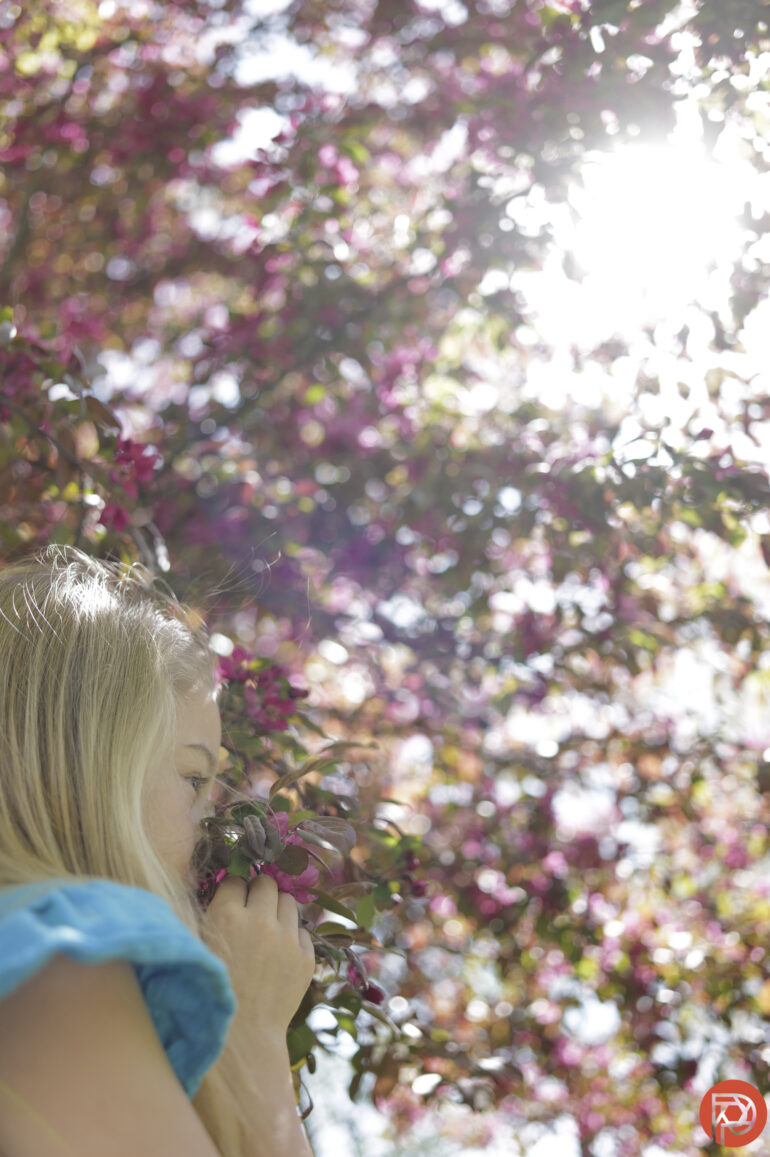
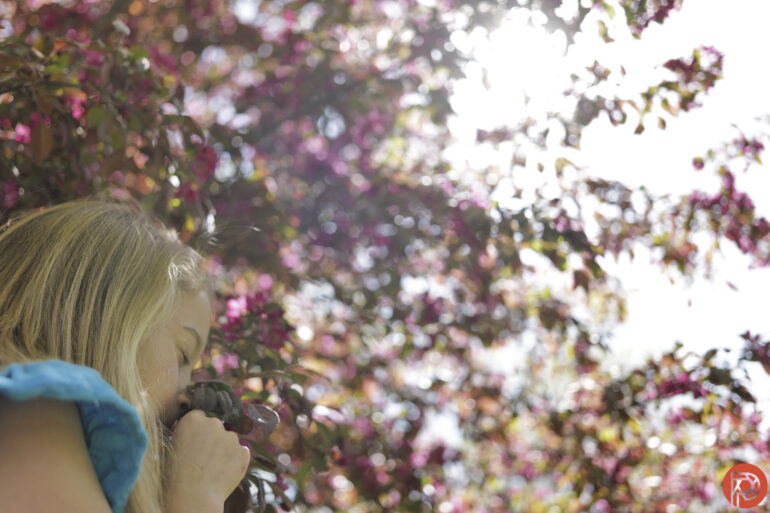
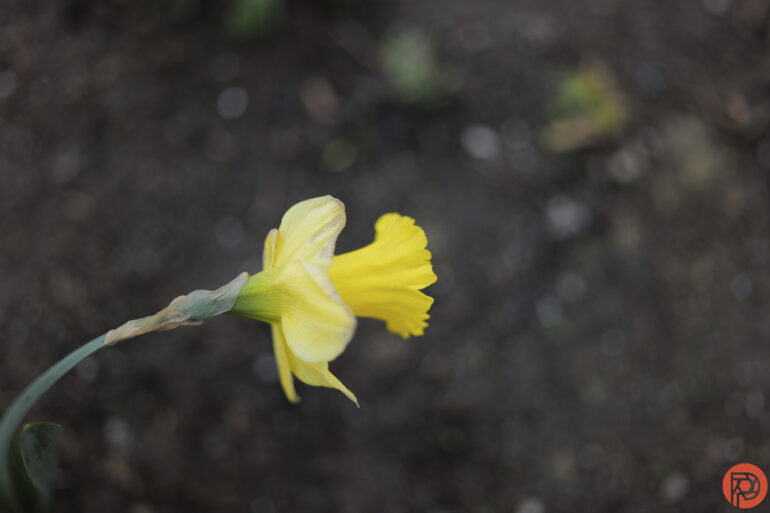
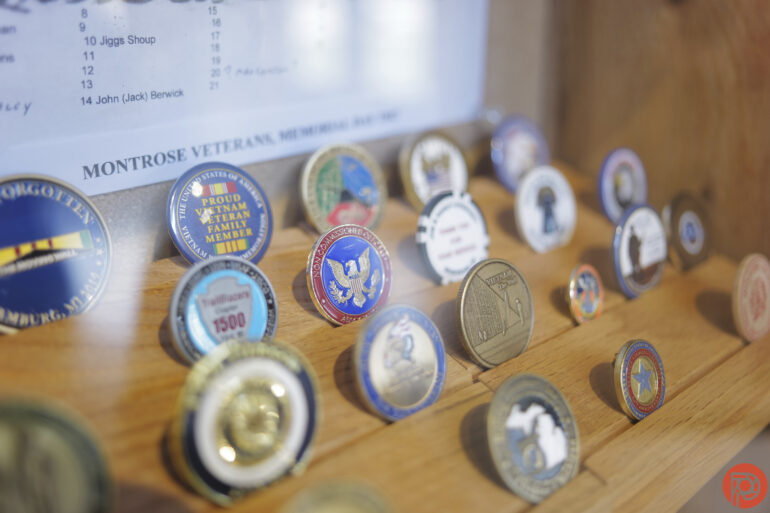
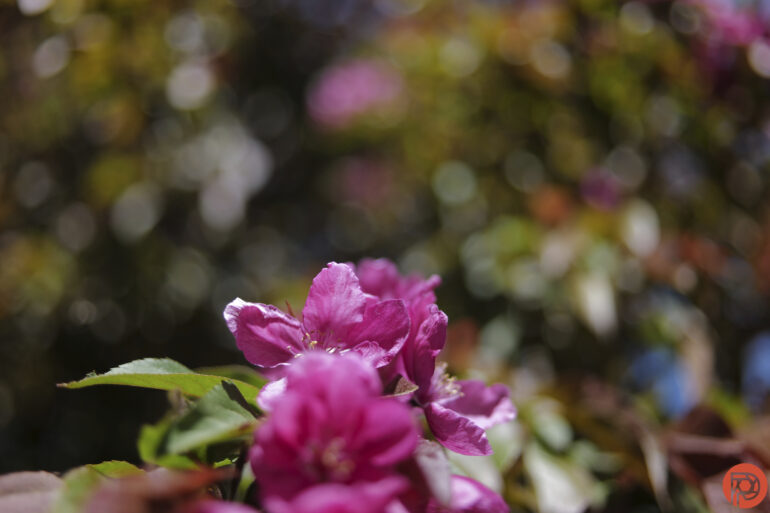
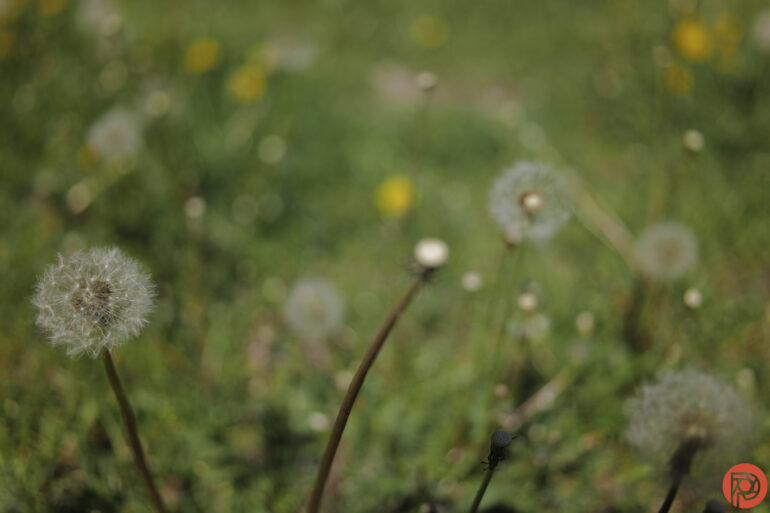
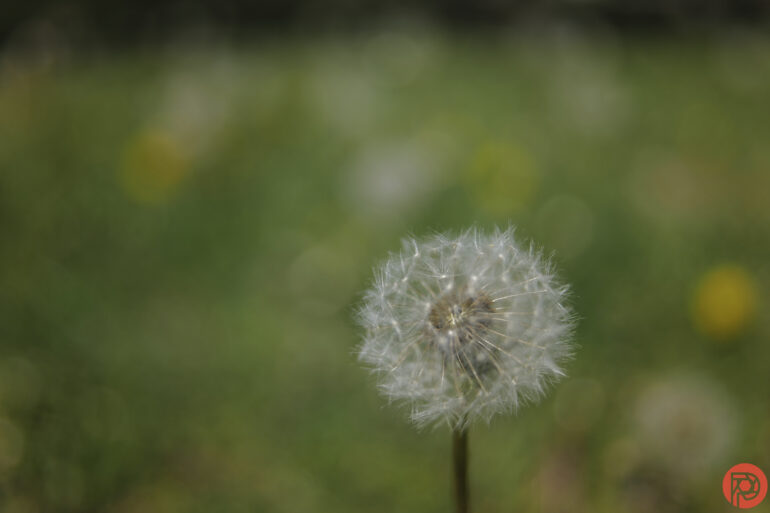
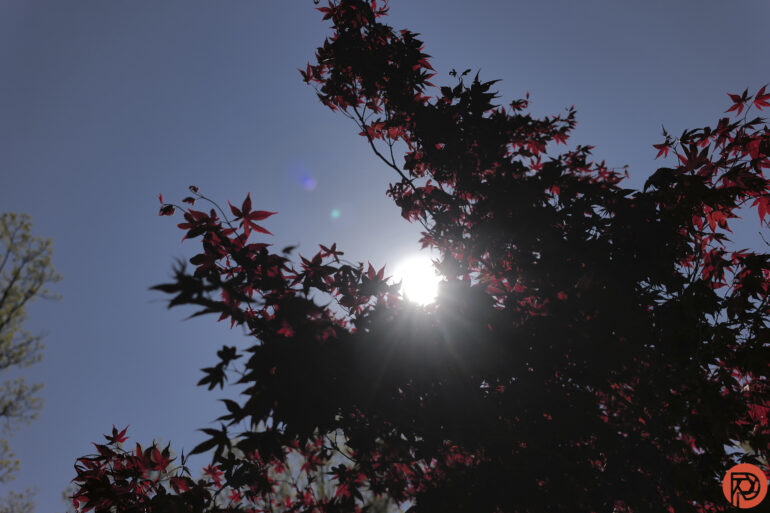
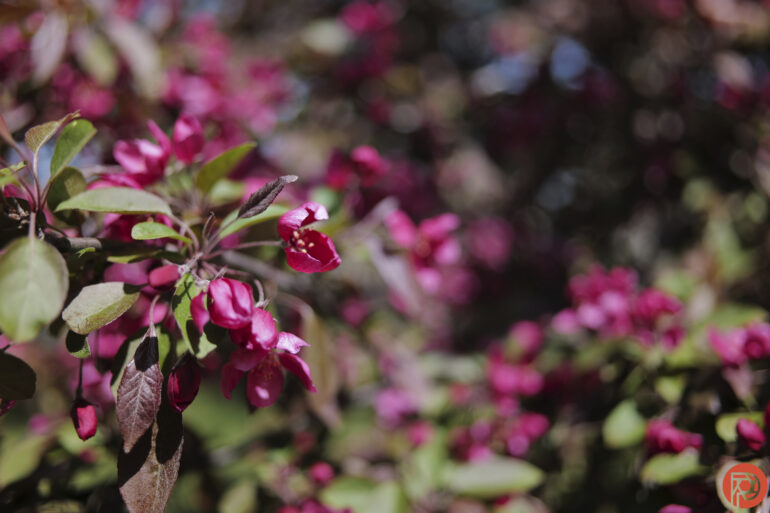

Edited
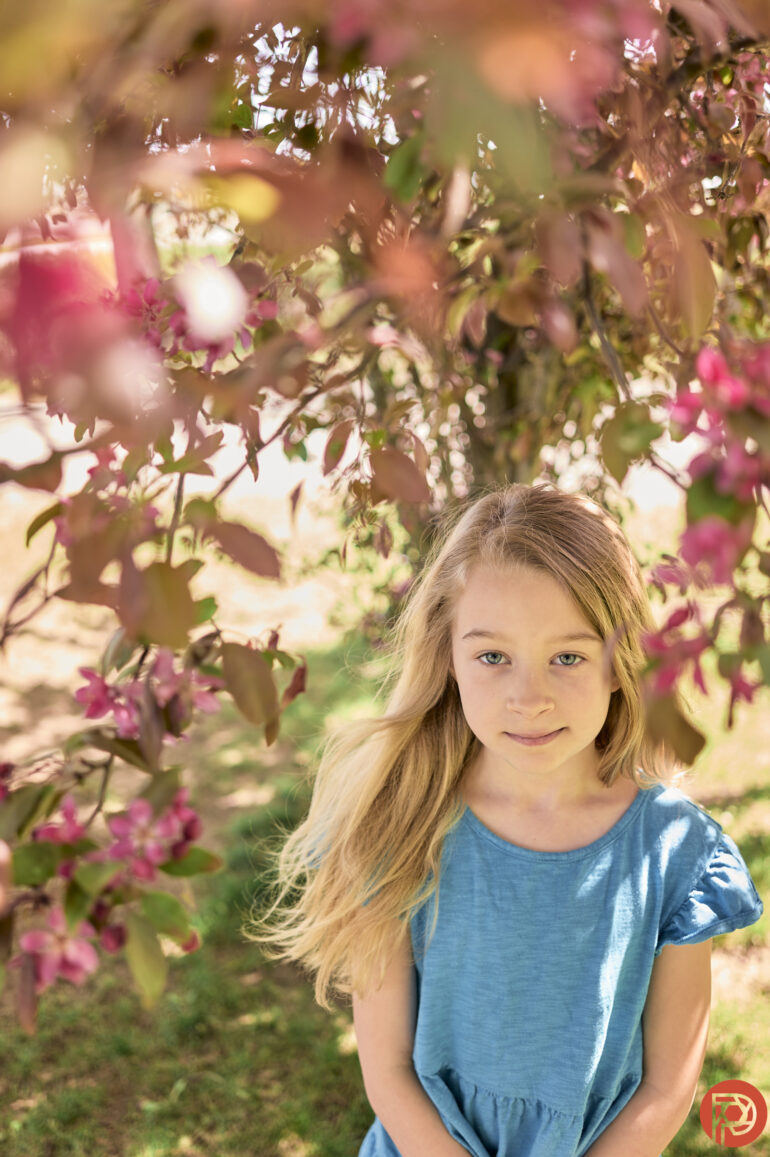
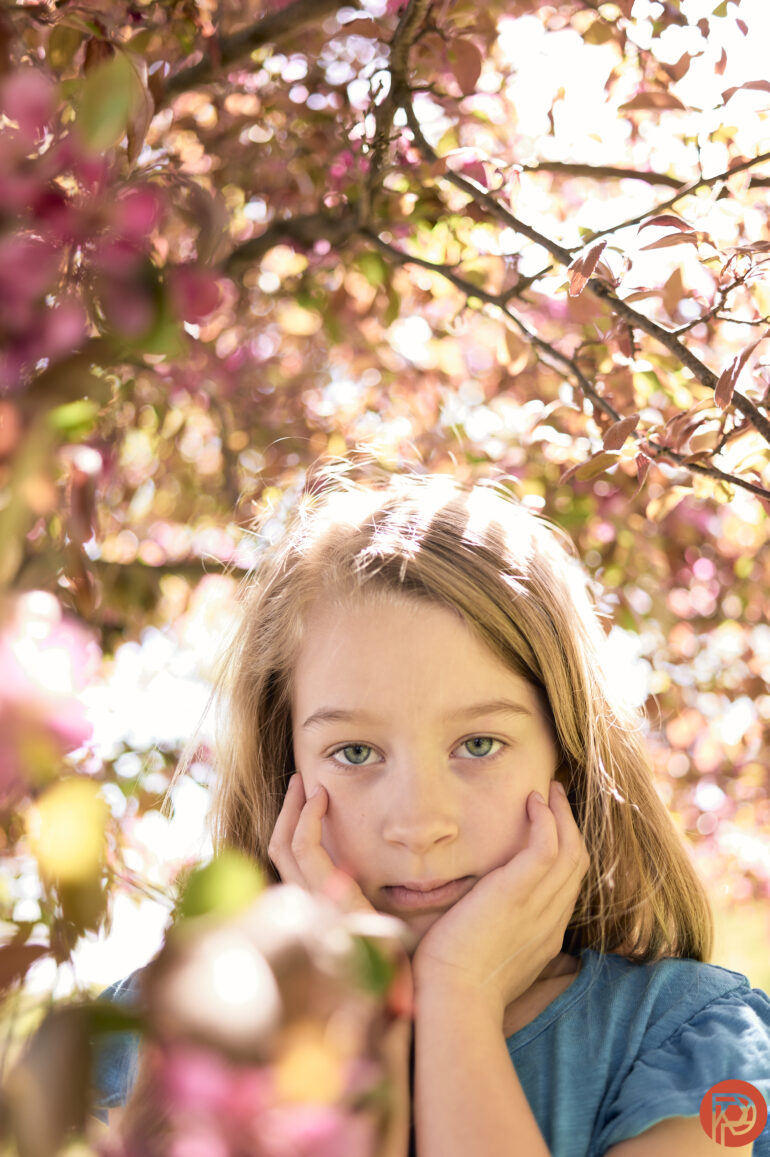





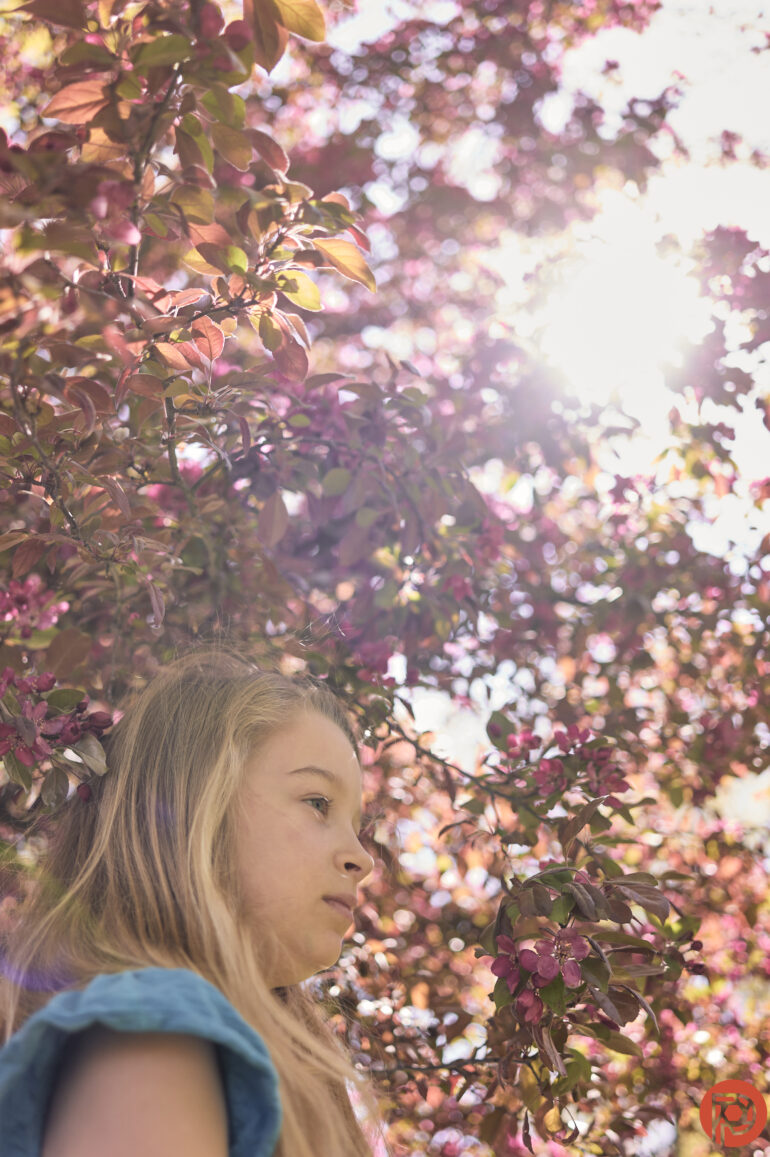





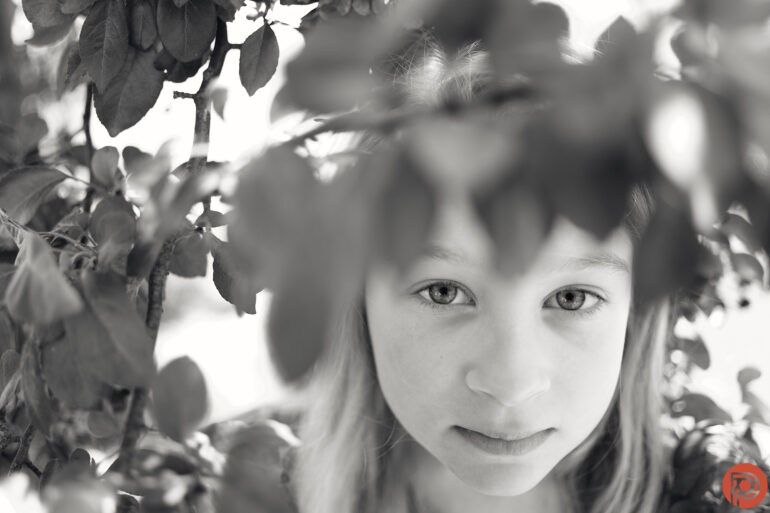

Who Should Buy It?
The L-Mount variation is a bit of an oddity considering there really aren’t crop sensor bodies to use it with. Still, the E-Mount variation may tempt photographers to use Sony’s crop sensor mirrorless. The sharpness actually reminds me of a Sony lens, and it’s pretty capable when it comes to capturing detail. The lens is also relatively lightweight and very simple for even beginners to use.
However, I don’t recommend this lens for action — the autofocus is a bit behind. The weather-sealing is also only at the mount, so long term, dust build-up, and rain could be an issue. It also lacks controls for quick adjustments.
Tech Specs
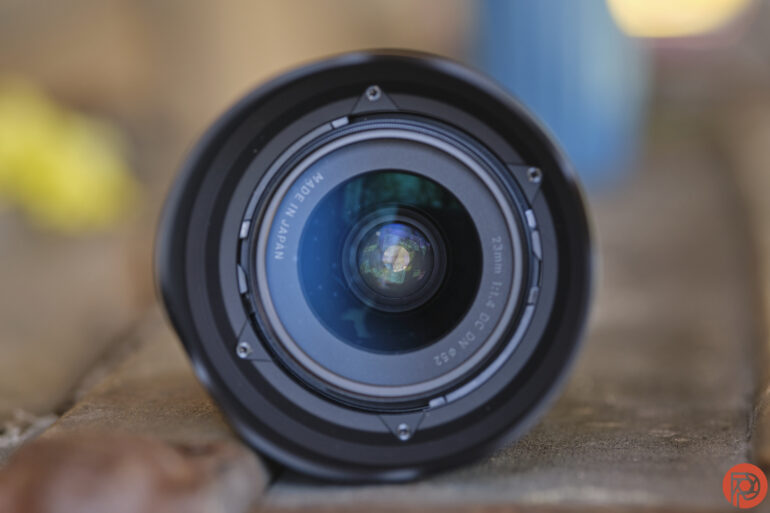
LensRentals lists the following tech specs for the Sigma 23mm f1.4 Contemporary:
- Angle of View: 63.4°
- Autofocus: Autofocus
- Brand: Sigma
- Filter Size: 52.0mm
- Focal Length: 23.0-23.0
- Hood Included: Yes
- Image Stabilization: No
- Item Type: Lens
- Lens Type: Wide-Angle
- Max Aperture: 1.4
- Maximum Reproduction Ratio: 1:7.3
- Mfr. Model Number: 348969
- Minimum Aperture: 16.0
- Minimum Focusing Distance: 0.8’
- Mount: L Mount
- Optical Design
- Groups/Elements:10/13
- Special Low-Dispersion Elements: 3
- Aspherical Elements: 2
- Diaphragm Blades: 9
- Physical Dimensions (ø x L) – lens only: 2.6 × 3.1″
- Weight – lens only: 0.7 lb.
The Phoblographer may receive affiliate compensation for products purchased using links in this blog posted.


